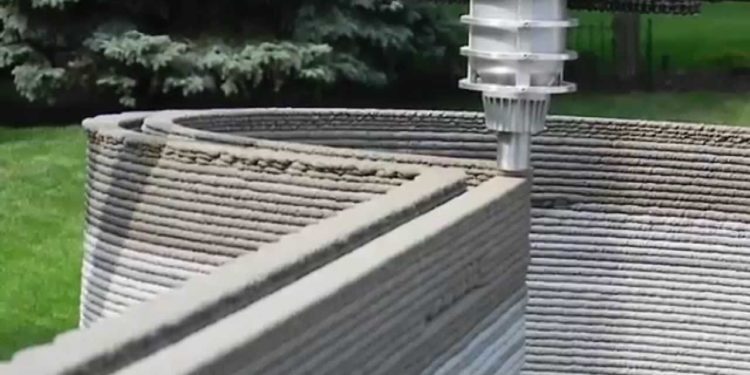I always thought 3D printing of houses was a far-fetched idea in Kenya until recently when I saw on LinkedIn that one of the Directors at Ark Construction was seeking a supplier for the machines. I checked and checked again, and indeed, it was Ark Construction Kenya.
3D printing of houses is commonly done using the Vulcan 3D printer, which extrudes mixed concrete through its nozzle in layers up to 7 inches every second. The printer requires only a single control operator and a ‘groundsman.’ Rails are arranged to enable the robotic arm to move in a specific direction.
Globally, the technique is common in Brazil, where they experience significant housing problems. The first prototype in Africa was printed in Lilongwe, Malawi, by 14Trees, a company that also has offices in Kenya. This house was printed in just 12 hours compared to the week it would have taken a conventional construction crew.
Companies like 14Trees, in partnership with LafargeHolcim, have introduced this technology, showcasing its potential with projects such as the prototype house in Lilongwe, Malawi. This innovation promises to address housing shortages and promote sustainable construction practices locally.
The benefits of 3D printing of houses are numerous. Among them are the reduction of carbon footprint by 70%, the creation of skilled job opportunities through hiring and training experts, and the significant reduction in construction time. Additionally, 3D-printed houses can be customized easily and built with greater precision, leading to less material waste and lower overall costs.
As this technology becomes more accessible in Kenya, it promises to revolutionize the construction industry, addressing housing shortages and promoting sustainable building practices. The future of housing in Kenya looks promising with the advent of 3D printing technology.
















